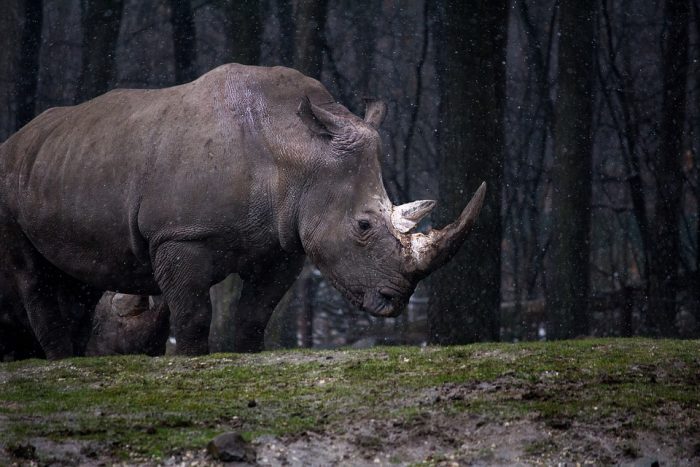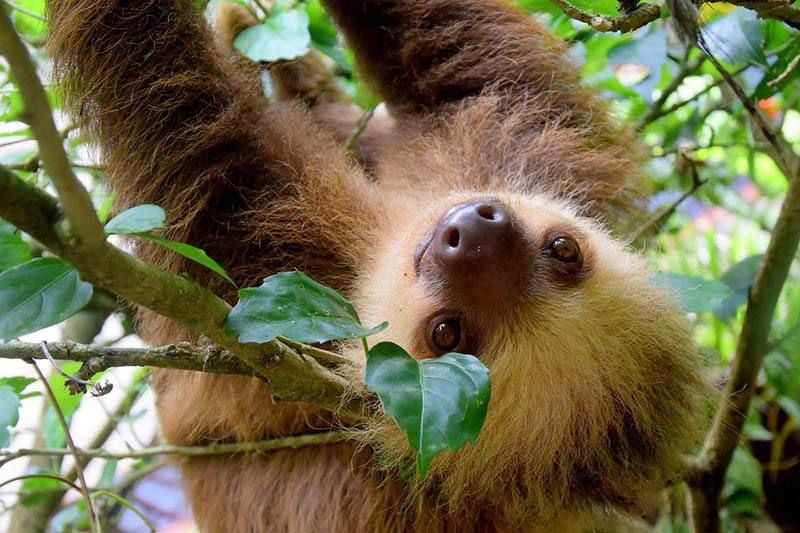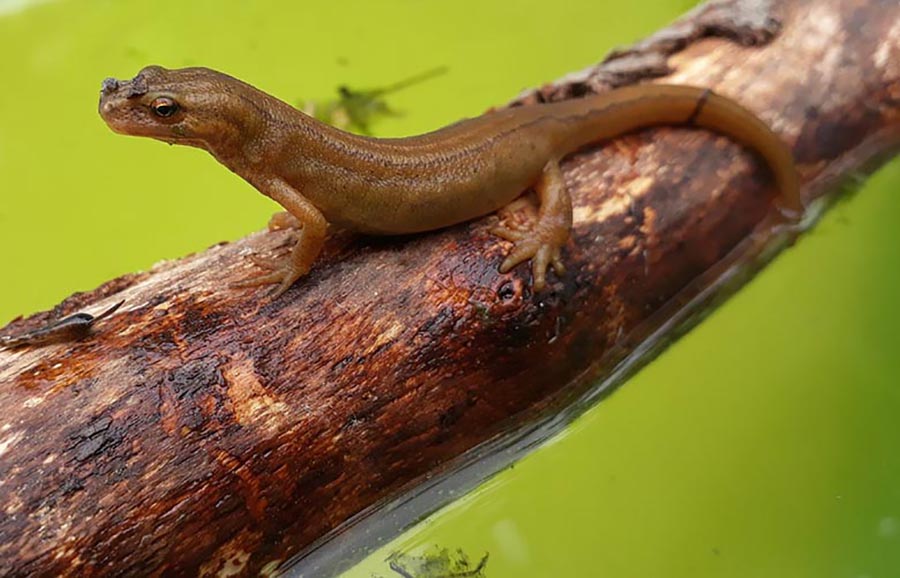Powerful and mighty rhinos that live in Africa and Asia are not only interesting but also dangerous for unwary people. Imagine this furious herbivore rushing at you with lowered horn and bloodshot little eyes! A frightening sight, isn’t it? However, these animals can’t oppose the hunters, and their habitat is steadily declining because of human civilization expansion.
Top amazing facts about rhinos
- 5 different species of rhinos exist on Earth nowadays.
- Rhino horn is quite close to human hair or nails in its chemical composition, much closer than to the bones, for example. The horn consists of keratin mainly.
- Among all modern land mammals, rhinos are the second largest. Only elephants are bigger than them.
- Once on Earth, there were woolly rhinos, but they’re extinct now. They lived in cold regions mostly.
- Some extinct species of rhinoceros did not have horns at all, however, they still belonged to this particular species.
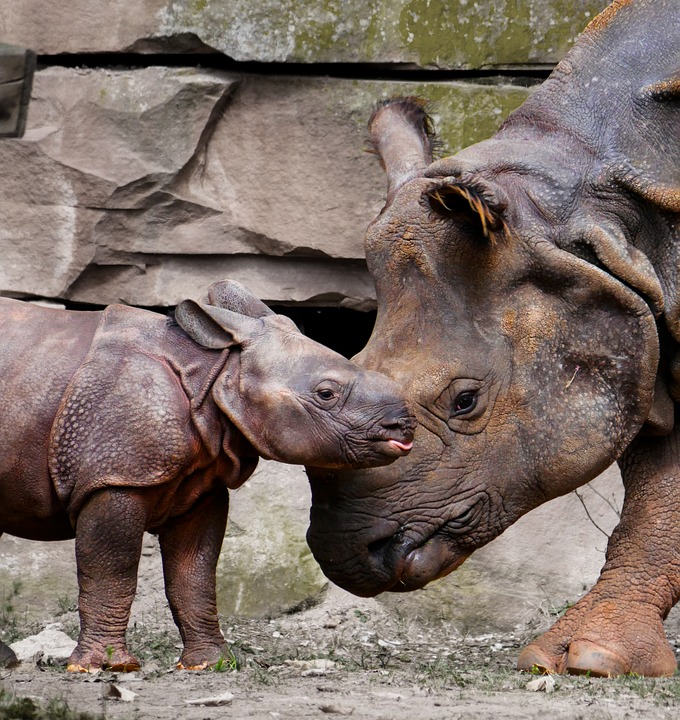
- The male and female of these animals fight each other before mating sometimes. The reasons for this behavior are unknown.
- Rhinos just seem to be clumsy, but in fact, they are able to reach speeds of up to ~37 mph (60 kph), so it is impossible to run away from them, even if you’re a sprint world champion.
- Some species of rhinoceros, extinct around the 10th Millennium BC, had horns as long as 2 meters.
- They have fingers, three on each leg, and each finger has a separate hoof.
- Some rhino species have two horns instead of one.
- Paleontologists have found that in past epochs there were 57 more different species of rhinos on Earth.
- They have excellent hearing and a sense of smell, but their vision is weak.
- Rhino hunting is strictly prohibited in all countries of the world.
- The record length of the Rhino horn (of the living species) is 62 inches or 158 centimeters.
- World Rhino Day is celebrated on September 22.
- Males take no part in raising offspring, leaving the female shortly after mating.
- The island of Sumatra is home to rare Sumatran rhinos, which differ from their African relatives in that their body is covered with hair.
- Pregnancy in these animals lasts almost twice as long as in humans, as much as 16 months.
- The only predators that can be dangerous to rhinos are tigers and lions. However, they rarely risk attacking such dangerous prey.
- The world’s largest rhinoceros is named white, however, it is not white at all. The name stuck because of a mistake.
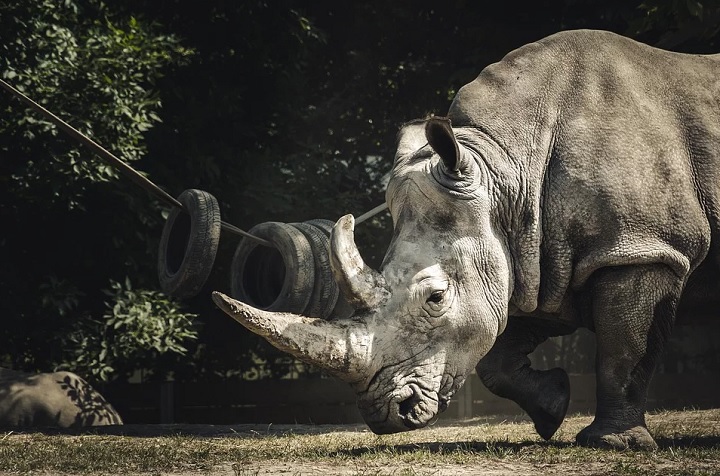
- The largest rhinos can weigh up to 5 tons, although on average their weight reaches only 2-2.5 tons.
- An adult rhino can produce more than 45 pounds (about 20 kg ) of manure per day.
- South Africa is home to more rhinos than any other country in the world.
- White rhinos were declared extinct 35 years after their discovery, as they have been exterminated intensively. Fortunately, it turned out that scientists just overreacted, and these animals are still preserved in remote areas.
- In the wild, rhinos can live up to 40 years, and in captivity, they live even longer.
- Sumatran rhinos may completely disappear from the face of the planet soon. They practically don’t breed in zoos and parks, but in wild nature, they are almost extinct.
- These animals communicate among themselves through scent mostly.
- Rhinoceros skin in some areas of the body can reach more than 3 inches (about 8 centimeters) of thickness.
- An adult rhino eats up to 120-160 pounds (50-70 kg) of food every day.
- Indian Maharajas tried to use rhinos for military purposes, much like elephants, but rhinos do not lend themselves to domestication, so nothing good comes out of this venture’s failure.
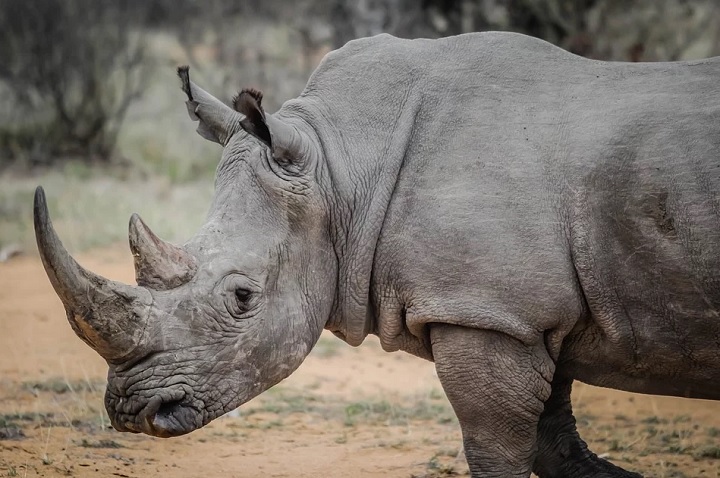
- A female rhinoceros can give birth to up to 8 young at a time.
- In South Africa, annual auctions to sell rhinos to private Safari parks are held. They are given the same protection as in reserves there. The money raised from their sale goes to protect the rhinoceros.
- Indian rhinos usually wait out the heat of the day in the water, if possible, but their African relatives don’t do so even if there’s a suitable reservoir nearby.
- In the middle of the XX century, rhinos in Kenya has been deliberately exterminated to clear space for agriculture.
- African rhinos usually have horns 2-3 times longer than Indian ones.
